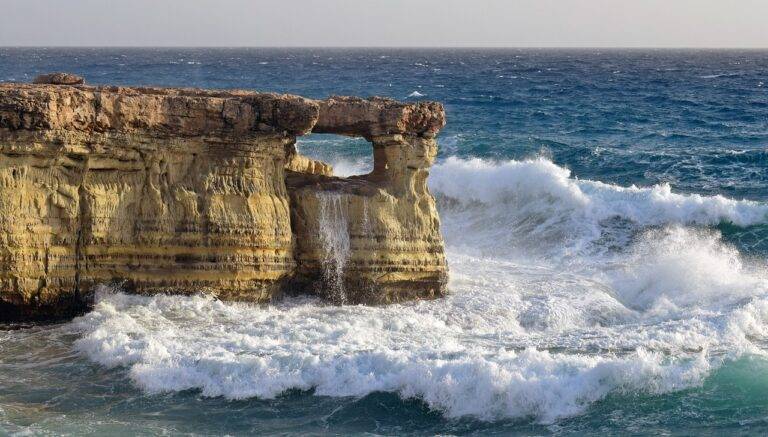The Impact of Geotourism: Promoting Conservation Through Responsible Travel
Geotourism, also known as geological tourism, is a form of sustainable travel that focuses on exploring and conserving the unique geology, landscapes, and ecosystems of a destination. Unlike traditional mass tourism, geotourism places an emphasis on responsible travel practices that support local communities and preserve the natural environment.
This specialized form of tourism encourages visitors to appreciate the geological features of a region while minimizing their impact on the environment. By promoting cultural heritage, local traditions, and environmental conservation, geotourism aims to create a deeper connection between travelers and the places they visit.
Benefits of Geotourism
Geotourism offers a unique opportunity to promote conservation efforts in natural environments while simultaneously boosting local economies. By highlighting the geological features and landscapes of a region, geotourism encourages sustainable tourism practices and fosters a greater appreciation for the natural world. This can lead to increased awareness about environmental issues and a sense of responsibility towards preserving these valuable resources for future generations.
Furthermore, geotourism can help to diversify the tourism sector by showcasing lesser-known destinations and promoting cultural exchange between visitors and local communities. This can create new sources of income for residents, reduce dependence on traditional industries, and encourage the protection of cultural heritage sites. Overall, the benefits of geotourism extend beyond just economic gains, supporting the long-term sustainability of both natural and cultural landscapes.
• Geotourism promotes conservation efforts in natural environments
• Encourages sustainable tourism practices
• Fosters a greater appreciation for the natural world
• Increases awareness about environmental issues
• Creates a sense of responsibility towards preserving resources for future generations
Furthermore, geotourism can:
• Diversify the tourism sector by showcasing lesser-known destinations
• Promote cultural exchange between visitors and local communities
• Create new sources of income for residents
• Reduce dependence on traditional industries
• Encourage the protection of cultural heritage sites
Overall, the benefits of geotourism extend beyond economic gains to support long-term sustainability of both natural and cultural landscapes.
Challenges of Geotourism
Geotourism faces several challenges that could hinder its success in promoting sustainable travel practices and protecting natural landscapes. One key issue is the potential negative impact on fragile ecosystems and geological sites when large numbers of tourists visit these areas without proper management and regulations in place. The strain on resources and the disturbance of wildlife can lead to irreversible damage if not carefully monitored and controlled.
Another challenge is the delicate balance between economic development and environmental conservation. While geotourism has the potential to bring economic benefits to local communities and support conservation efforts, there is a risk of overexploitation and commercialization that could compromise the integrity of the natural sites being promoted. Finding ways to strike a balance that prioritizes sustainability and responsible tourism practices will be crucial in ensuring that geotourism can thrive without causing harm to the very places it seeks to showcase.
What is geotourism?
Geotourism is a form of sustainable tourism that focuses on promoting and preserving the geographical features of a destination, such as its landscapes, ecosystems, and cultural heritage.
What are some benefits of geotourism?
Geotourism can help promote conservation efforts, support local communities, and educate visitors about the importance of protecting the environment and cultural heritage of a destination.
What are some challenges of geotourism?
Some challenges of geotourism include balancing the preservation of natural and cultural resources with the desire to attract tourists, managing the impact of increased visitor numbers on fragile ecosystems, and ensuring that local communities benefit from tourism in a sustainable way.





